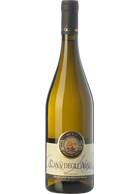Malvasia bianca lunga
Malvasia bianca lunga, native to Greece like all malvasias, is, together with Trebbiano, the most representative white grape of "classic" Tuscany: the Chianti grape. And in fact, when Chianti production was still encouraged by mixing red grapes with white ones, malvasia lunga bianca was among the main ones used for this purpose. Today, in Tuscany, it is mainly vinified for the production of vinsanti, generally in blends with trebbiano toscano. It is therefore subjected to drying and gives this product a particular perfumed vein and a more marked personality. Its use for dry wines, today, is much less common, even more as a single variety. It can be found, more than in Tuscany, in Veneto, where it competes with Custoza, and in Umbria, in the Orvieto area, together with grechetto and other grapes typical of the area.
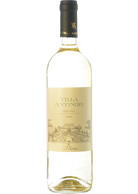
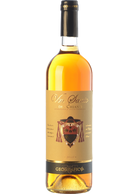
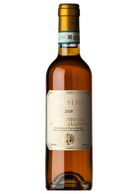
Fèlsina Vin Santo del Chianti Classico 2011 (0.37 L)
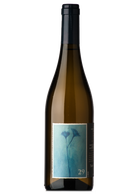
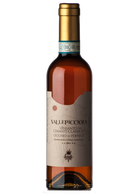
Vallepicciola Vin Santo Occhio di Pernice 2011 (0.37 L)


Castello di Ama Vinsanto del Chianti Classico 2015 (0.37 L)
Malvasia bianca lunga
Malvasia bianca lunga, native to Greece like all malvasias, is, together with Trebbiano, the most representative white grape of "classic" Tuscany: the Chianti grape. And in fact, when Chianti production was still encouraged by mixing red grapes with white ones, malvasia lunga bianca was among the main ones used for this purpose. Today, in Tuscany, it is mainly vinified for the production of vinsanti, generally in blends with trebbiano toscano. It is therefore subjected to drying and gives this product a particular perfumed vein and a more marked personality. Its use for dry wines, today, is much less common, even more as a single variety. It can be found, more than in Tuscany, in Veneto, where it competes with Custoza, and in Umbria, in the Orvieto area, together with grechetto and other grapes typical of the area.
